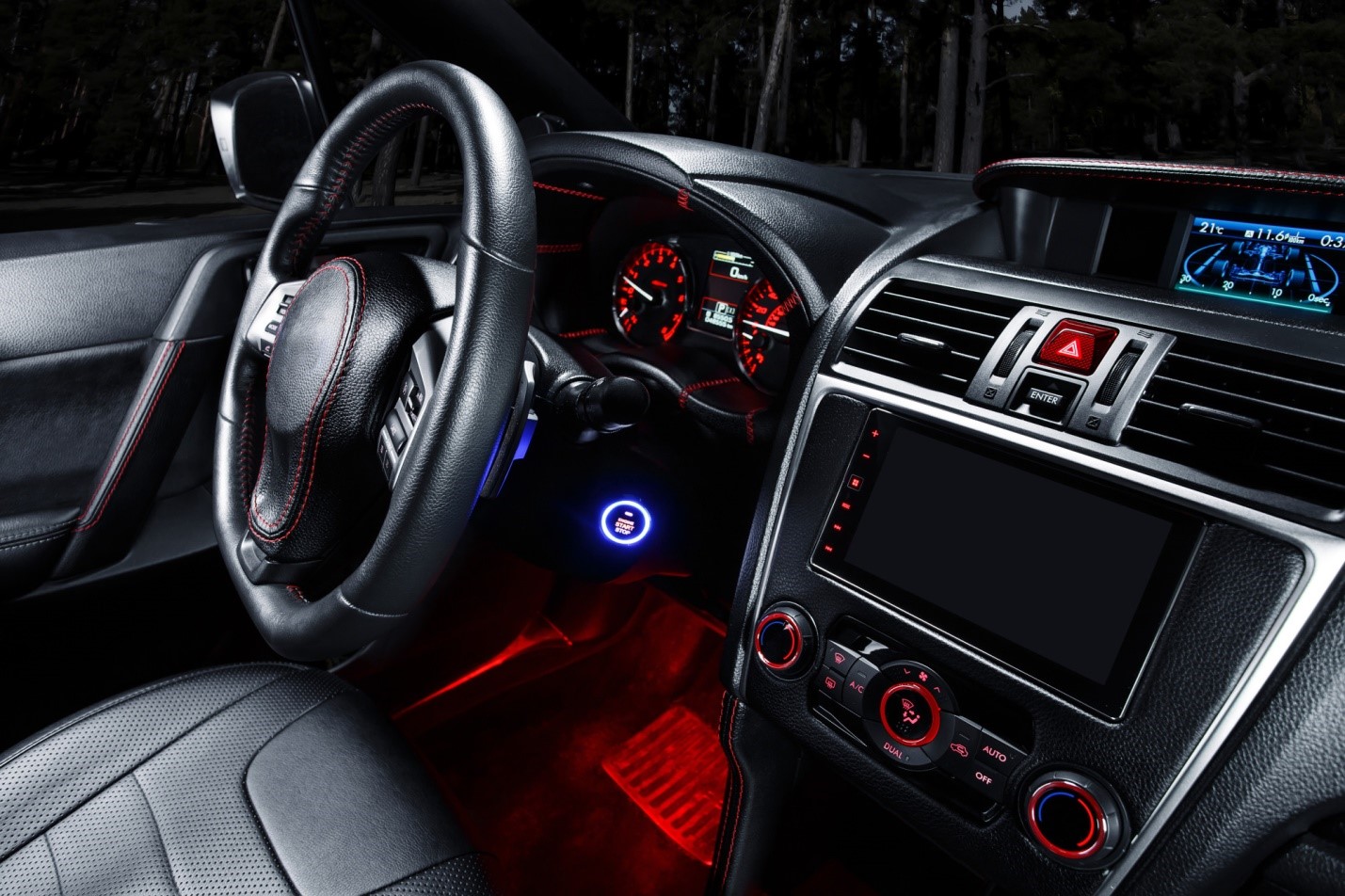[ad_1]
Mr. Soichiro Honda (1906-1991) was the founder of Honda Motor and became the first Japanese in the Automotive Hall of Fame in 1989. He has been also famous for his powerful leadership and charismatic personality which brought a small Japanese motorcycle manufacturer to the global market as one of major players in the automobile industry. This article will discover Mr. Honda’s action rules for owners of small companies.
Mr. Honda was a genius engineer and a great dreamer who made endless efforts to make his dreams true. The important point here is that his dreams become not only his employees’ dreams but also monument landmarks of the history of Honda Motor. When he got his dreams, very challenging ones, he did not wait to express the dreams in his company. While some employees might even be shocked by his very challenging dreams, his employees were eventually convinced and motivated by Mr. Honda to go for the dreams.
Once he saw his employees had start working for the dreams, he did not wait to show his absolute commitments to the dreams. He always talked about the dreams when he was working. He always ask employees progress. If they would need something to do for the dreams, Mr. Honda had no hesitation to support in any way. When he saw any progress, he was sharing excitements of the progress with his employees. He was really good at showing such progress to his employees so that they were not only making efforts for the dreams but also getting job satisfaction.
When Mr. Honda started producing small engines to make bicycles instant motor-bicycles in 1946, he got his first dream that he would produce the best motorcycle in the world. At that time, with his skills and experiences as one of the best automobile engineers in Japan, such a dream was seemed to be a very and almost impossible dream. At the time, Japanese products were very famous as cheap and shoddy. Honda’s motorcycles were far behind of the global standard, too.
Since nobody in the company could even imagine the global standard at that time, Mr. Honda had to express his dream in a way these employees could feel in somehow someway. What he did was to let his employees experience the global standard and competition directly. In 1954, Mr. Honda told his employees that Honda Motor was going to participate in The Isle of Man Tourist Trophy Race with its motorcycles. By having such a realistic dream, Honda’s employees could star working on checking great motorcycles that won the race.
When they found huge differences between their motorcycles and the great motorcycles, they showed their pessimism in their abilities. Mr. Honda immediately told them about his confidence in technological and engineering levels of all engineers of Honda Motor. He also showed his own commitment to this challenge as the president by working more than anybody else day and night. His employees started feeling comfort with such unconditional supports from him and being confident about themselves as a team.
In 1959, after 5 years, Honda Motor participated in the race and won the 6th place, which was a great surprise and excitement for all employees of Honda. After the first successful race, Mr. Honda showed heartwarming appreciations to his employees and told them cheerfully and confidently another challenge in the race: the 1st place. He knew that people tended to feel burn outs when they accomplished their dream after endless efforts. He did not let them feel the burn outs by giving them another dream. After all, Honda Motor team won 4th place in 1960 and 1st place with new records in 1961. He and his employees made the first landmark together.
Once Honda became the leading motorcycle manufacturer in the world, Mr. Honda showed another dream with automobiles that they had just started producing in 1963 as the youngest automobile manufacturer in Japan. With the fact that other Japanese automobile manufacturers had already started competing in the global market, Mr. Honda expressed his intention to produce automobiles that could win out in the global market.
Mr. Honda’s ways of expressing this dream was very similar to that of the motorcycles. He decided to participate in the formula one world grand prix (F1 GP) in 1964. Since his employees were so confident in themselves and looking for another challenge after their success in the accomplishment in The Isle of Man Tourist Trophy Race, they immediately accepted and started working towards the F1 race. Needless to say, Mr. Honda’s commitment was so serious that he gave any supports to his employees.
In fact, in 1964, Honda’s first challenge in F1 GP in Germany won the 13th place. Similar to The Isle of Man Tourist Trophy Race, Mr. Honda shared more challenging dream that Honda would win the 1st place in the next F1 GP in Mexico City. Then, Honda won the 1st place Mexico. He and his employees made the second landmark together.
In 1970s, air pollutions had become so serious and emission gas of automobiles was considered as one of the major causes of such air pollutions. With strong supports of public opinions, the US congress passed a comprehensive regulation of automobile emission gas called as the Muskie Act of 1970. While many automobile companies saw this act as deadly fear, Mr. Honda found a new dream in the act. The dream: Honda would produce the first mass-produced green automobile engine in order to contribute to solve the air pollutions. This became another landmark. Honda’s employees worked very hard with Mr. Honda and eventually invented the first green engine called as CVCC (Compound Vortex Controlled Combustion) engine in 1971.
Based on these three stories of Honda’s landmarks, we can find several leadership actions of Mr. Honda. We will give 5 rules for owners of small companies to be great leaders who can make their companies very competitive and successful.
Rule 1: Have Dreams and Share the Dreams with Employees
You must have dreams and know ways to share the dreams with your employees so that they can understand, accept, and make efforts. You make sure that your dreams are strategically connected to not only improvement of competitive advantages of your company but also job satisfactions of your employees. If a dream came true even partially, you must give heartwarming and sincere appreciation and congratulations to your employees before give them another dream and motivations.
Rule 2: Keep Challenging
A leader must show powerful and endless commitments and efforts to the dreams. You should know that your employees would not give up easily as long as you keep challenging with powerful commitments and endless efforts. At the same time, you will notice that your commitments will make very positive and comfortable environments for your employees to make their best efforts without worries of failures.
Rule 3: Be Confident
You must show unconditional confidence in your employees in order to create a powerful company-wide confidence. Especially, having the powerful company-wide confidence will make your organization a learning organization which will continuously improve organizational effectiveness and efficiency. It is also important for you to know that your unconditional confidence in your employees will create corporate culture of mutual trust and supports among your employees. This will particularly important for small companies with limited resources.
Rule 4: Be Optimistic
You must be a mood maker of your company. Especially in small companies, leaders must know their pessimism will quickly make followers pessimistic. At the same time, leaders’ optimism can make followers optimistic and active in very difficult circumstances. In order to maintain optimism and be a great mood maker, you must have the strongest gut, confidence in yourself, and mental strength in order to be optimistic in the most stressful phases and situations.
Rule 5: Be determined
You make sure your commitments and efforts are concretely determined no matter how difficult the challenges are. You must ask yourself several times if you have been determined concretely enough to share your dreams with your employees. Without such determinations, you cannot convince and keep motivating your employees because they would feel your poor determinations. Mr. Honda determined and never looked back. He made every possible effort in order to attain the dreams. Remember that your seriousness is the most powerful motivation element in your company.
Mr. Honda made his company one of the most successful automobile manufacturers in the world. He also earned many honors and privileges. His last words on his deathbed were, “I did everything I could. I am completely satisfied. Thank you.” He died peacefully in 1991 and Honda’s employees voluntarily organized memorial ceremonies in three main factories in Japan in order to express their appreciations and respects to him.
[ad_2]











